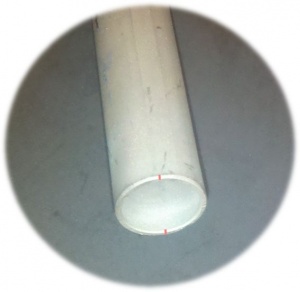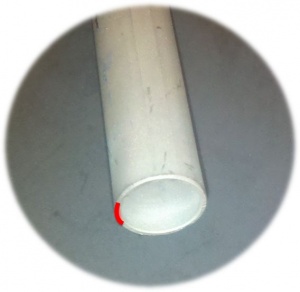Difference between revisions of "End-Scan Using the End Wall"
From ATTWiki
(→How To Use This End-Scan Technique) |
(→Other Pages) |
||
| Line 66: | Line 66: | ||
===Other Pages=== | ===Other Pages=== | ||
| − | * | + | * See also [[End-Scan Using the Scissor Motion]] <br><br> |
| − | * | + | * See also [[End-Scan Using End Targets]]<br><br> |
* Back to [[VTube-LASER]] | * Back to [[VTube-LASER]] | ||
Revision as of 23:03, 27 January 2012
|
|
Why the End-Scan technique is important
|
This end-scan method is useful for increase in precision over the scissor method.
|
How To Use This End-Scan Technique
The advantage of this method is that it is easy to use. The disadvantage is that it is more prone to outlier points from the inner diameter surface. |
Another Way to Use This End-Scan Technique
The advantage of this method is that it is less prone to outlier points. The disadvantage is that it is hard to aim at thinner walls. |
Other Pages
- See also End-Scan Using the Scissor Motion
- See also End-Scan Using End Targets
- Back to VTube-LASER



